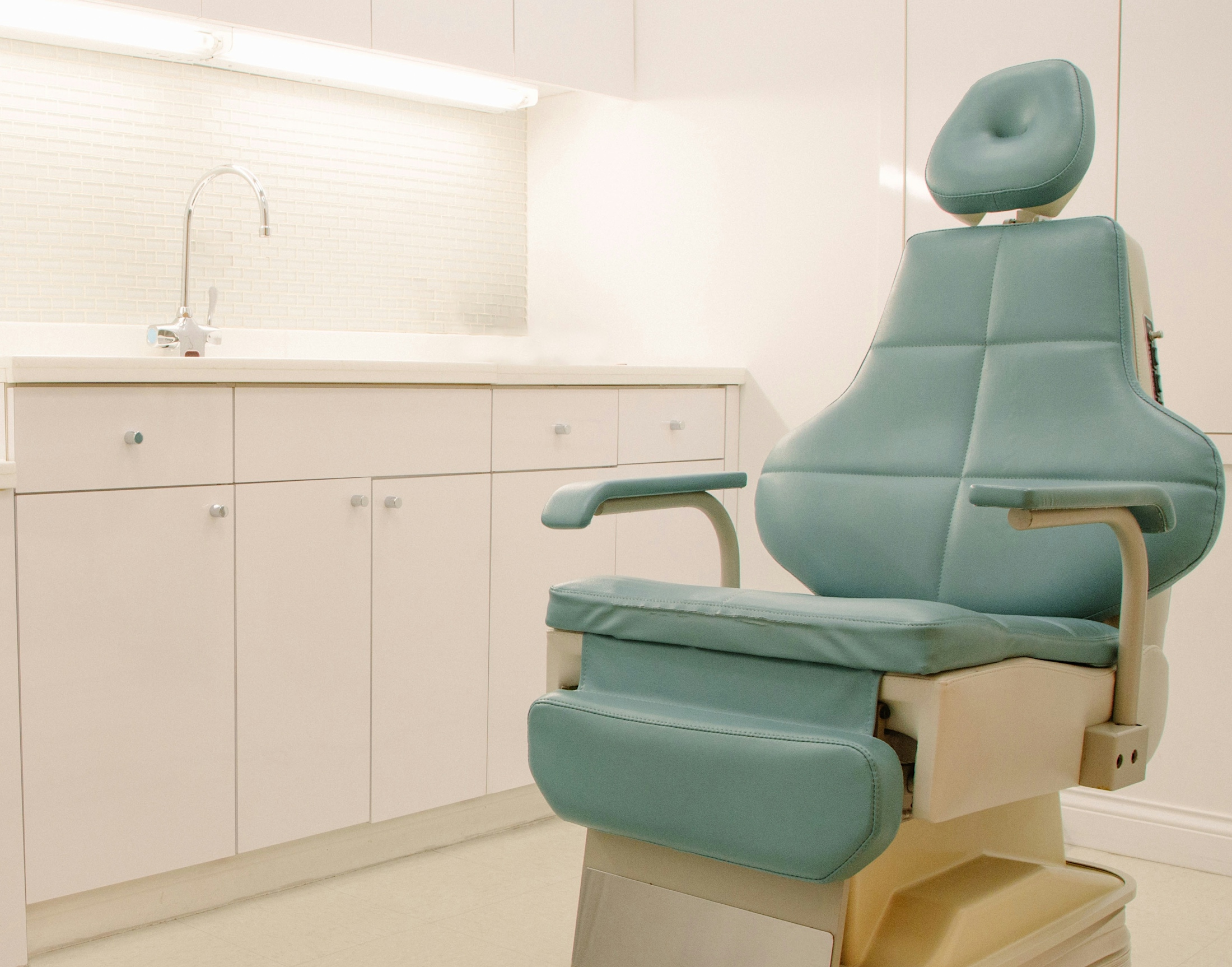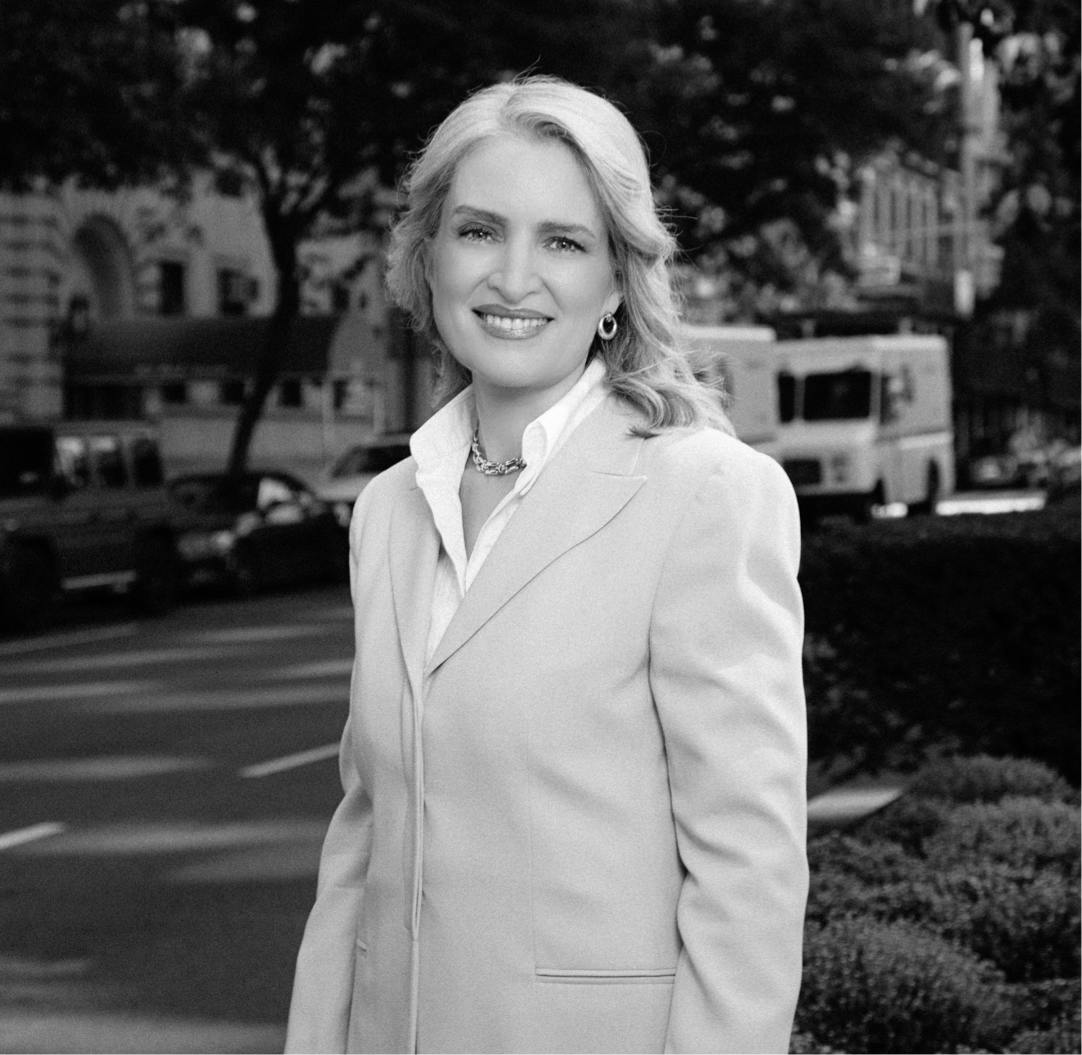The deep plane facelift is a highly specialized technique that board-certified plastic surgeon Dr. Olivia Hutchinson uses to achieve elegant, natural-looking facial rejuvenation.
Deep Plane vs. Other Advanced Techniques
Facelift surgery is never one-size-fits-all. Dr. Hutchinson is skilled in multiple techniques, including:
- Extended Deep Plane Facelift: Elevates tissues more broadly into the neck and along the jawline.
- Composite Facelift: Combines deep plane elevation with simultaneous correction around the eyes or brow.
- SMAS Facelift: Lifts and tightens the fibrous SMAS layer without deeper dissection.
Each method has distinct benefits, and Dr. Hutchinson will customize the surgical plan based on your anatomy, degree of aging, and preferences.








